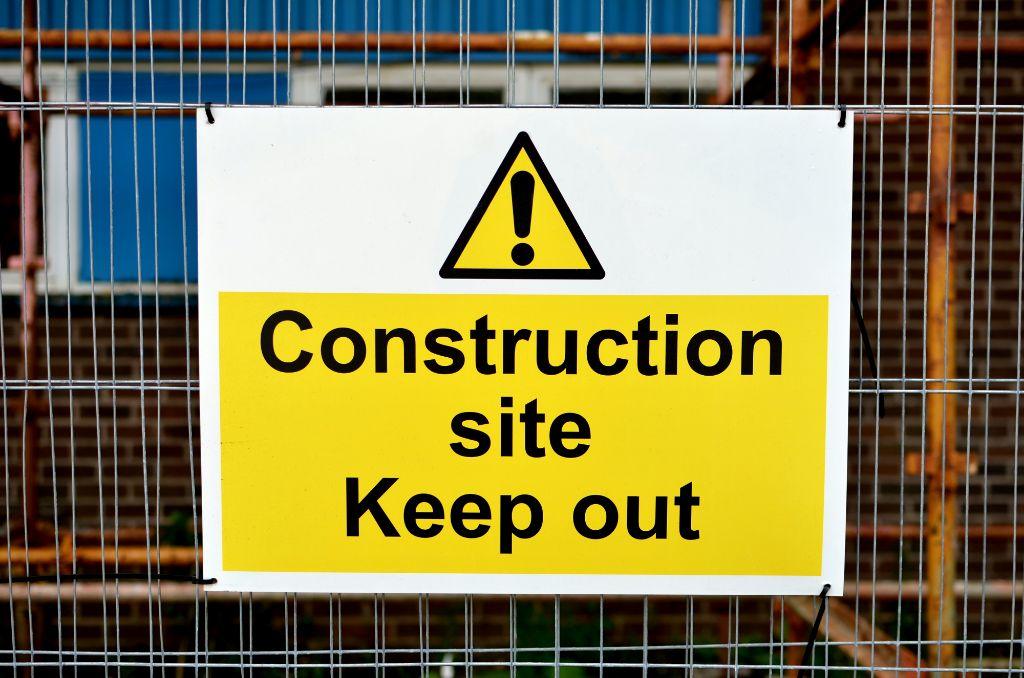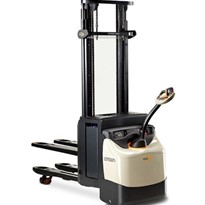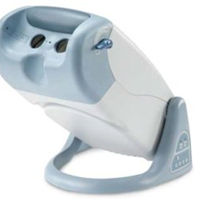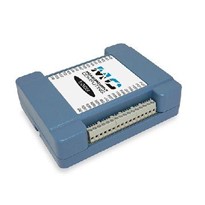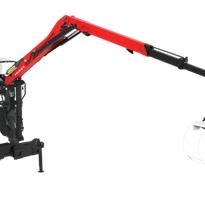The size of the problem.
It is sad but true. All around the developed world – including Australia – thirty to forty percent of the workforce have literacy and numeracy deficits that limit their workplace performance. In particular, these workers present a workplace safety issue.
There are many reasons why people cannot write, spell or read well. They could have been educated in a non-English speaking country. They could have missed a lot of school. They could have unaddressed learning differences. In some cases, they could have sight or hearing issues. It is easy to blame the school system, but the problem is much more complex than that. With increased numbers of workers arriving from offshore the problem is not going to disappear any time soon. The most important thing to remember is that many very intelligent people struggle with reading and writing.
Compliance involves having the correct safety signage in the right place. True safety is ensuring that your staff know what a sign actually says.
Best practice guide for staff who have literacy issues:
- Check that you do not use overly complex words when simpler words will be more inclusive. Often Health and Safety signage is written by subject matter experts – with no consideration of the reading skills of the audience.
- Is “No Admittance” any better than “No Entry”? is “No Excavation” any better than “No Digging”?
- Whenever possible, make sure that staff talk about the Health and Safety signage – in addition to just displaying it. Don’t assume that the signs can be read by all staff.
- Consider the presentation of Health and Safety information as well as the content:
- larger font is better (at least 12 point). Consider double spacing. Concentrated blocks of text are very off-putting for people with limited literacy skills.
- Use a sans serif font and avoid italics. To make a point use bold – not underlining.
- Use bullet points, as opposed to continuous text.
- Where possible print material on buff coloured background – not white.
- Get some non-threatening staff to be volunteer mentors for those staff who have literacy issues. It is best for a mentor to be from a different part of the company to the mentee.
- Consider getting some computer software to make it easier for staff to write up near miss and accident report forms. Dragon Naturally Speaking software enables staff to dictate directly onto the screen, without the need to type or spell any words. It is possible to have one computer available for all staff to access.
- Let it be known to all staff that people with literacy and numeracy issues will not be judged for that. Consider some adult literacy classes to support those who have literacy issues. You will be surprised at the number of people who come forward. Best not to call it adult literacy. Communication Skills might be a better name.
Credit:
- Mike Styles
- National Specialist – Adult Literacy and Numeracy and Dyslexia Practitioner
- www.dyslexia-consulting.com


